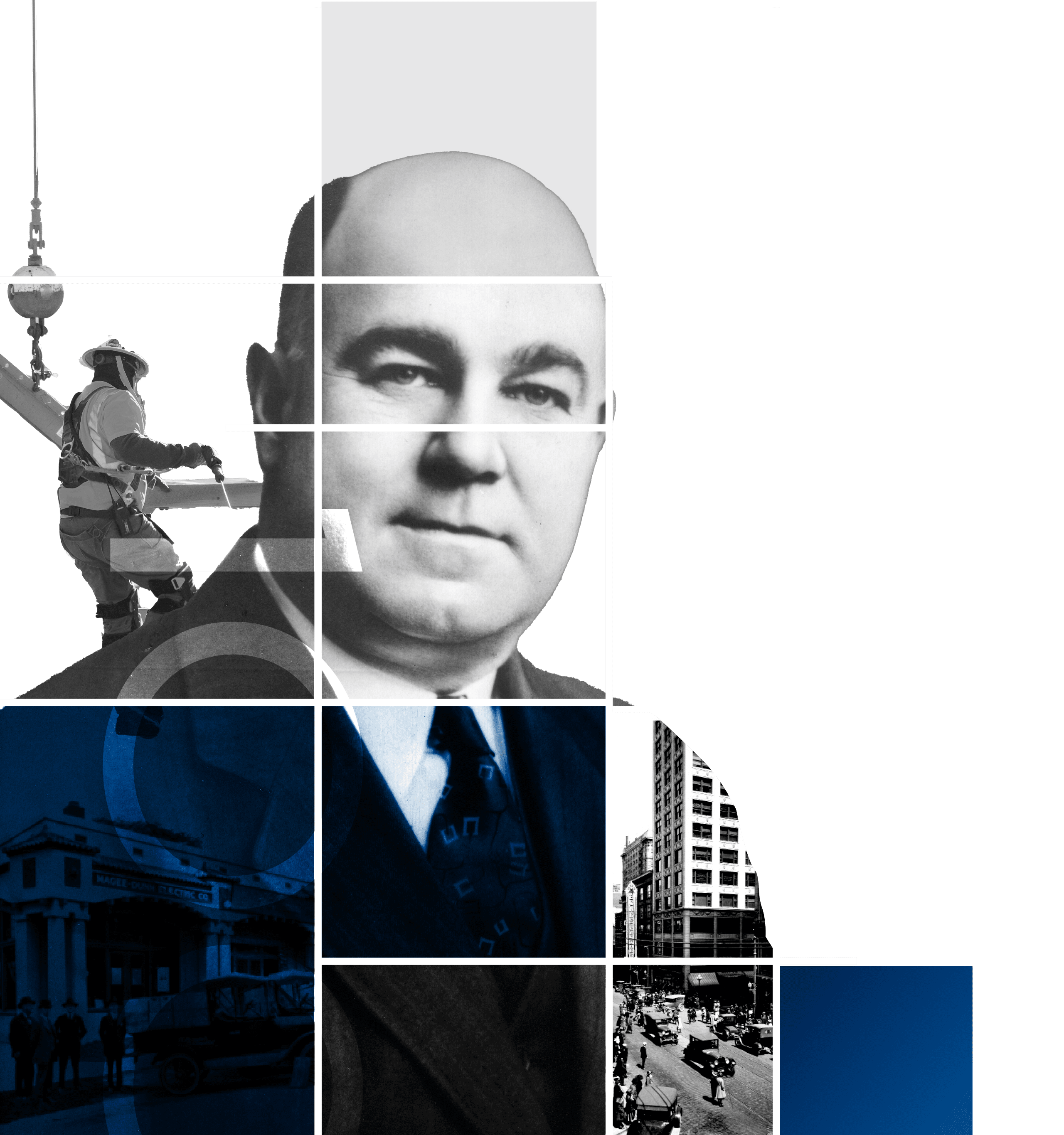It’s easy to take a technology integration impact for granted – until our technology tools do not work properly. This is also true for the more complex technology in modern buildings; when every system works in harmony, users benefit from a better experience and buildings operate efficiently. Yet, achieving the seamless connectivity that helps create a positive experience is not always a simple task. It requires early planning, collaboration, and the foresight to understand how users will ultimately engage with each space in a building long before the foundation is poured. It also requires the ability to anticipate potential challenges and envision a user’s best possible experience.
A user’s experience with a building may start before they ever enter it. These interactions with a building’s surrounding environment can be a critical opportunity to help create an overall positive experience. Users may encounter technology through motion sensing lights, audio-visual systems, with secure doors that automatically lock, and with adequate bandwidth to support their network connection needs. The foundational components of any building’s technology framework is similar, typically starting with structured cabling, electronic security, and audio-visual capabilities. Yet each project can vary greatly depending on how a building will be used. To lay the groundwork of a successful technology design, Aptitude’s design team discusses at length with an owner what needs to be plugged in, what systems need to connect, and how people will use each space. In doing this, we can align with the owner and gain a better understanding of what they envision for the experiences that will take place within the building and can create a technology design to support their vision.
Thinking about how users encounter technology is always top of mind for our team, and we are continually looking for ways to improve. Here is an overview of three unique user experiences, each within a very different building, that can be greatly impacted by the technology design and planning that took place. For each of these scenarios, the building would be supported with similar infrastructure, yet customized for its unique needs.
A HOTEL GUEST
For a hotel guest, audio-visual, card access, elevator sys-tems, and wireless internet often make up a large portion of their technology touch points. When a hotel guest arrives, their first experiences rely on wireless internet to check in with a hotel app on their phone, with a wired connection that allows their credit card to be processed quickly, and with a key card or electronic key that allows for access to their assigned room.
The elevators or lobby are often the next experience a guest has during a hotel stay. Technology touch points might include digital signage or wayfinding that helps them navigate the hotel or informs them of amenities. It might also encompass audio-visual systems. These also each require planning and a strategic tech-nology systems design.
Upon arriving in a room, a television panel and remote control typically offers much more than entertainment. It might be a platform for ordering room service, connecting with the concierge, accessing information about hotel amenities, or controlling the lights, temperature, or curtains. Each of these systems must be integrated and supported with the right infrastructure, so they all work seamlessly for the guest and help create a positive impression during their stay.
A SPORTS FAN
A sports fan’s experience begins outside the stadium in the parking lot and becomes more immersive with interactive displays and points of interest as they approach the entrance. When a fan reaches the ticket booth, they are simultaneously interacting with the same network as the recent immersive experience and the hoard of people rushing to cheer their teams onto victory. Our goal in a design is to ensure we have captured the journey from the earliest possible point of engagement so that the network density and integration support the wide range of experiences.
This is important, because, for example, if customers can’t quickly scan an electronic ticket and make it to their seats until the third inning, or a text to a friend doesn’t go through, their experience has already been negatively impacted.
The density of wireless connection at guests’ seats are equally important to consider, because a fan might want to check in on the MLB app, post a picture, or chat back and forth with a friend. Today’s sports fans are often just as engaged on their phones as they might be in the game itself. The next interaction that can impact a guest experience is at the concessions stand, where planning for adequate bandwidth can mean the difference between efficient purchases versus long, slow lines that discourage fans from buying.
Sound systems, video boards, and integrated light systems are other important components of a sports venue’s technology needs. These can add to or take away from a fan’s overall experience, and they require integration and a thoughtful design. For example, undersized sound systems lead to echoes and poor intelligibility, meaning each video board in a sports venue often requires custom sizing and custom graphics. When lighting is integrated with sound and video, the immersive experience we are seeking at live sporting events is achieved.
A HOSPITAL PATIENT
When a patient walks into a healthcare setting, their first experience is often an electronic check-in at a kiosk, or with scanning a QR code that allows for check-in on a phone. This interaction must of course be connected to wireless internet. Within a hospital setting, a patient’s experiences are often tied closely to a television in their room. In addition to entertainment, the television remote control or a panel on their bed with displays on the video panel might be how they order food from a menu customized to their dietary needs, or even view care suggestions customized to their healing or physical therapy needs. These choices offered to a patient can make a significant impact on how they perceive their hospital stay experience, and delivering these services depend on integrating the right technology and supporting those systems.
Hospitals also include a complex network of access control systems with badge access or two-factor authentication to enter different parts of the building, monitored and controlled doors, video surveillance systems, and audio-visual systems. The best technology design considers how each of these systems work together, looking for efficiencies and strategizing the best way to support and integrate effectively. Again, the best way to achieve a successful technology systems design that helps support a great user experience is with early planning and collaboration.
For each of the user journey examples highlighted here, the key to ensuring successful technology integration is early planning. When a technology systems integrator, such as the team at JE Dunn’s strategic trade partner Aptitude: Intelligent Integration, is brought on board during design and preconstruction, they can create a holistic technology systems design that helps make the vision for an overall positive user experience a reality.



